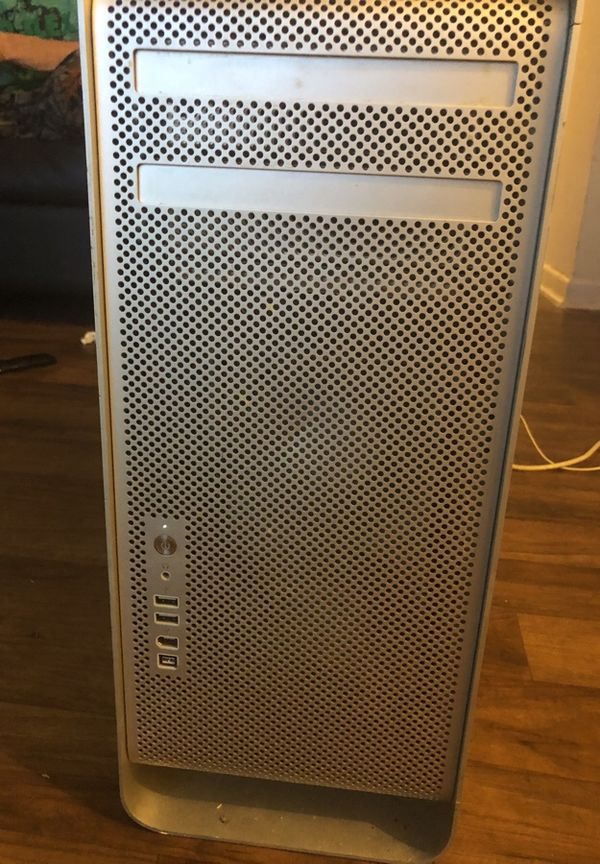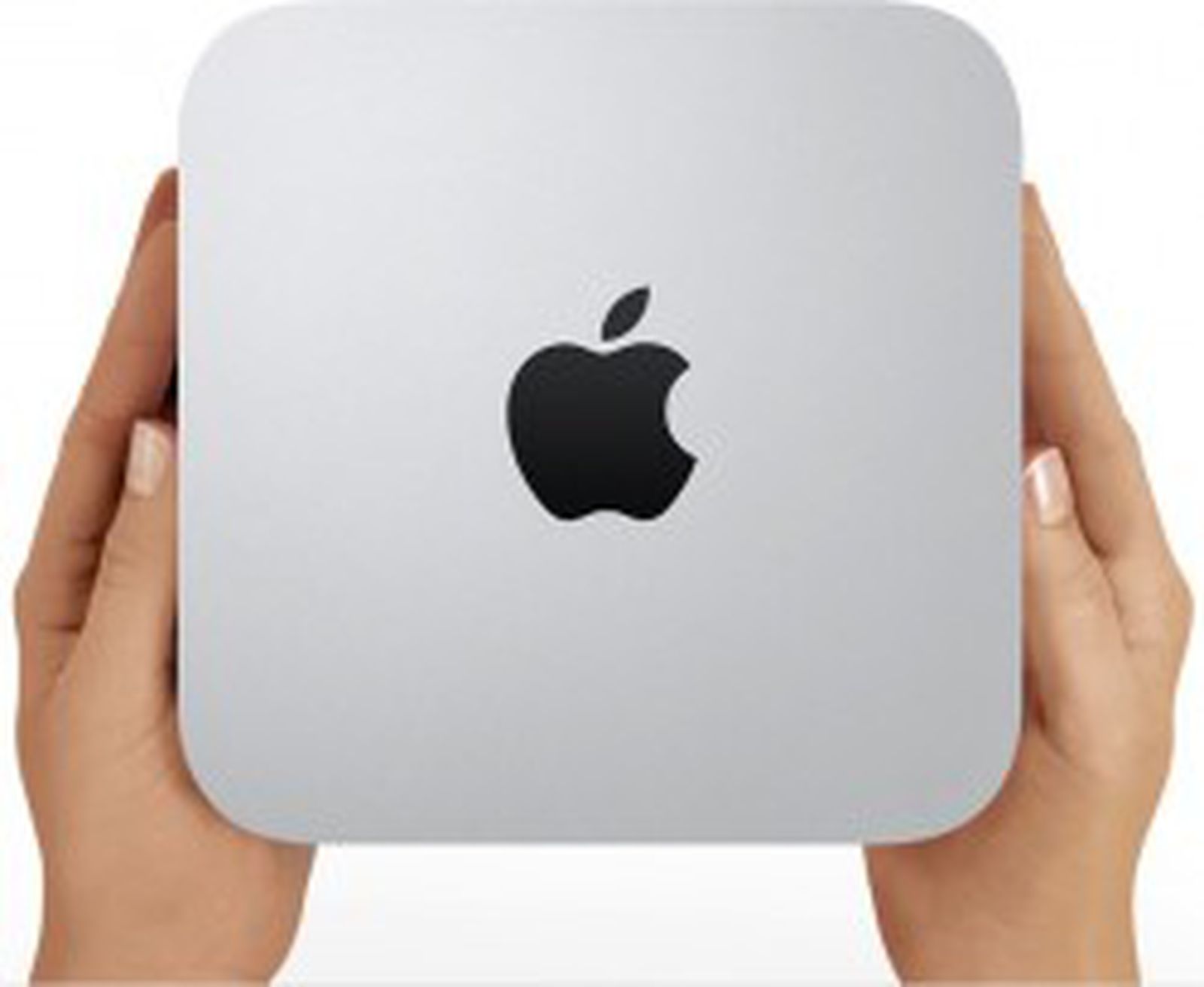
- Mac mini for sale locally install#
- Mac mini for sale locally software#
- Mac mini for sale locally password#
Mac mini for sale locally install#
For now we’re going to choose Install suggested plugins.

We can now Customize Jenkins and install some plugins.

We’re done with Terminal, feel free to close it.
Mac mini for sale locally password#
Grab the red highlighted text and in Terminal use the ‘cat’ command to display the initial password: $ cat /Users/administrator/.jenkins/secrets/initialAdminPasswordĬopy that password and paste it into the Unlock Jenkins page. Open up Safari and visit, where we will see a screen like this: The rest of the configuration will mostly be done in a browser on the local machine.

=> Successfully started `jenkins-lts` (label: -lts) Let’s start Jenkins and set it to run automatically when the system is rebooted: $ brew services start jenkins-ltsĬloning into '/usr/local/Homebrew/Library/Taps/homebrew/homebrew-services'. (to exit out of nano after making the change, hit Ctrl+X, hit Y to save the changes, and hit Enter) We want the Jenkins web interface to be accessible from anywhere (not just on the local machine), so we’re going to open up the config file: sudo nano /usr/local/opt/jenkins-lts/įind this line: -httpListenAddress=127.0.0.1Īnd change it to: -httpListenAddress=0.0.0.0 Or, if you don't want/need a background service you can just =true -jar /usr/local/opt/jenkins-lts/libexec/jenkins.war -httpListenAddress=127.0.0.1 -httpPort=8080 Note: When using launchctl the port will be 8080. Now we can install Jenkins – we’re going to install the LTS (long-term support) version, which is typically more stable: $ brew install jenkins-lts If you need to have first in your PATH, run:įor compilers to find you may need to set: Sudo ln -sfn is keg-only, which means it was not symlinked into /usr/local,īecause this is an alternate version of another formula. # 100.0%įor the system Java wrappers to find this JDK, symlink it with Now that you have Homebrew installed, you can type check to see if there are any recommendations for your setup: brew doctorīefore installing Jenkins, we need to install a specific version of Java required by Jenkins – it may ask you for your password to set permissions properly: $ brew install java11 The installer will give you a list of things it’s going to do, just press enter and Homebrew will be installed. Let’s install Homebrew by opening Terminal and entering the following command (this command is all one line): /usr/bin/ruby -e "$(curl -fsSL )" If Homebrew is already installed then skip the next step (check by running “brew -v” in Terminal). There are a few ways to install Jenkins on macOS – we’re going to install it using a package manager for macOS called Homebrew. In a future guide, we will add Jenkins slave servers to the setup. This guide assumes you have a fresh install of the latest macOS along with Xcode, and that you don’t already have a Jenkins master server. While Jenkins can be installed on many operating systems, this guide will focus on the macOS install process.
Mac mini for sale locally software#
Jenkins is Continuous Integration automation control software that allows developers to automate repetitive parts of the software development process.


 0 kommentar(er)
0 kommentar(er)
